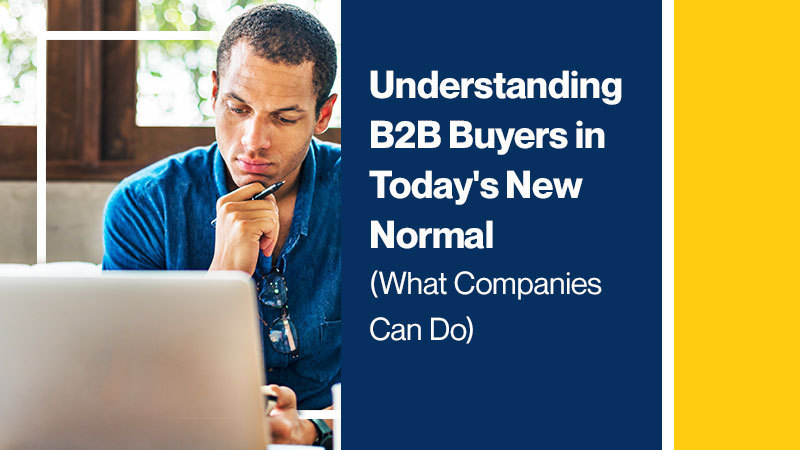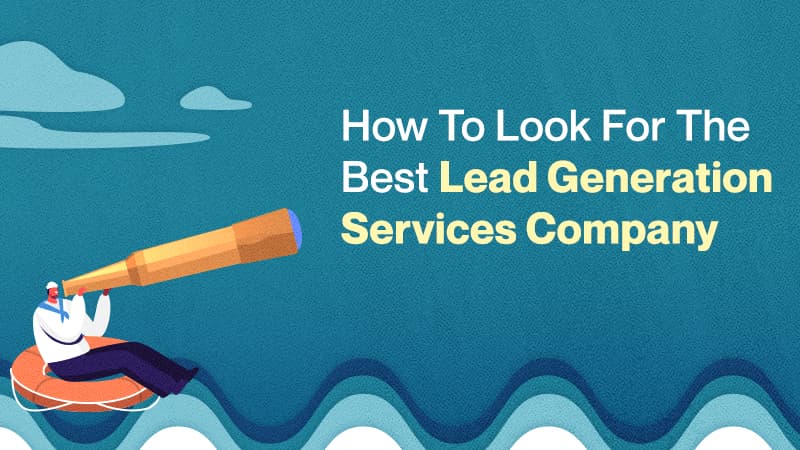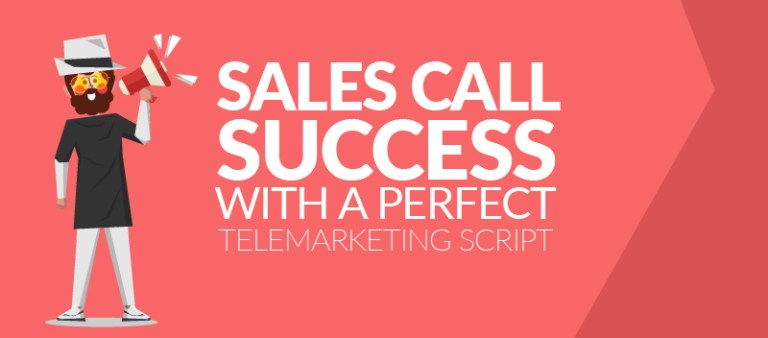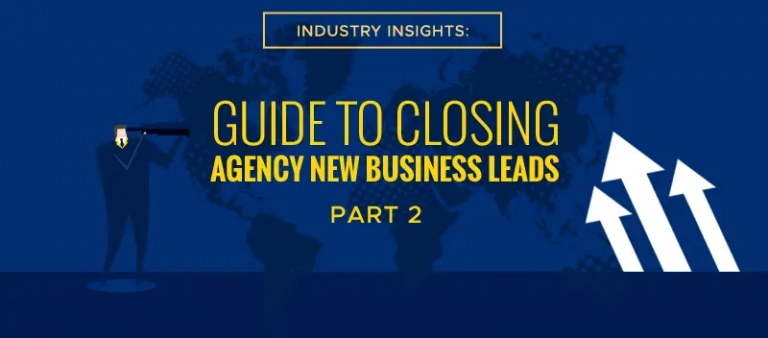The COVID-19 pandemic has greatly affected the whole world in many ways, medically and financially. In fact, the worldwide lockdown and quarantines have significantly affected every fiber of our society, especially our economy. Economic experts and observers are forecasting that if this will continue, another recession is most likely to happen.
However, before we panic about economic stability and job security, let’s get the facts straight first about recession. Better yet, how do we know if we are already in a recession?
The often-cited indicator of a recession is when two consecutive quarters have negative GDP. However, the National Bureau of Economic Research said that for an economy to be considered to be in recession, there should be a “significant decline in economic activity spread across the economy, lasting more than a few months, normally visible in real GDP, real income, employment, industrial production, and wholesale-retail sales.”
How do B2B companies react to recession?
During recession, companies have one default decision – cut their spending to mitigate any losses, go out of business, and prevent layoffs. B2B buyers will still be making purchases but they will be more careful. According to the Harvard Business Review, consumers usually sort products into four categories during a recession:
- Essentials – these are the must-haves to the survival and the well-being of the company
- Treats – indulgences whose purchase are justifiable
- Postponables – wants and desires that are not necessary and can be bought at a later time
- Expendables – things that are both unnecessary and unjustifiable
Based on the definitions above, the products and services that will be the first ones to get cut are those that fall into the “Expendables” category while those that are in the “Essentials” will thrive. It is important to take note, though, that each industry has a different definition of what “essentials” are. The present condition is also a huge factor in how these must-haves are defined.
In light of the COVID-19 pandemic, the “essentials” are face masks, immune system boosters, and Vitamins. To tech companies, for example, “essentials” are software that allows their employees to work from home immediately and seamlessly.
An interesting finding on the buying behavior
During a recession, a lot of companies are thrown into chaos and confusion. Companies are asking whether they should increase or decrease pricing.
Here’s something interesting, though:
Although most B2B buyers say that they are sensitive to price increase, they seldom change suppliers when it happens. In a study conducted by Julia Cupman of B2B International, B2B buyers, especially in the industrial sector, tend to be passive during a price increase, even during a recession. It is easier for them to stick to the same supplier unless there’s a 10% difference between their current supplier and the competitor.
Another finding from the said study revealed that even if there is a huge decrease in the product price, B2B companies will not increase their purchases during a recession but will stick to their plan of cutting costs. More so, cutting prices is more of a short-term strategy rather than a long-term one.
Effective marketing strategies during a recession
During a recession, companies often focus on managing the threats that they miss a lot of opportunities. Avoid that mistake by asking yourself the following questions:
- Are my competitors shying away from opportunities that we can seize?
- Shall we focus more on growth markets rather than cut back to our core?
- Does our customer or competitor’s pain present an opportunity for us?
- Can we get key resources at a very low price?
Companies need to learn that they can always turn a liability into an advantage by looking for opportunities and minimizing threats. Here are four kinds of marketing strategies you can use whether or not there is a recession.
Related: How To Survive, Bounce Back and Achieve Success Throughout a Crisis
Focus on your loyal customers
Do you know that 80 percent of your profits come from 20 percent of your loyal customers? Sadly, though, you lose half of these profits by focusing on the bottom 30 percent of your unprofitable customers.
All effective marketing strategies closely focus on customers that value their products and services. Thus, it is very important to reorient your business and focus on these loyal segments and allow the unprofitable ones to walk away.
To encourage these loyal customers, you can:
- Create a new marketing strategy
- Introduce a loyalty scheme
- Start a special promotions offering
- Increase the activity of your sales force
- Eliminate products that are unprofitable and focus on the core products
Find new customers
Getting new customers during a recession is daunting but if you want to maintain your market position, you need to steal market share by looking for new customers. When looking for new markets to sell your product/service, there are four factors to consider:
- Product
- What do they like about your product? What pain point does it solve?
- What features are necessary that will help the customer solve their pain points?
- What features are costly and need to be eliminated?
- How unique is it compared to its competitions?
- Place
- Where do people go to access my product/service?
- How can I access the right distribution channels?
- What can I learn from my competitors?
- Price
- What is the value of my product/service?
- How does your price compare to your competitors?
- Promotion
- How do you reach your target market? What marketing platform do you use?
- Do events, holidays, or seasons affect your message and your timing?
- How do your competitors promote their products/service?
Offer new products
There comes a time when the products/services you offer, no matter how good they are, lose their appeal. You have no other choice but to offer something new or develop the existing product you have to maintain its relevance to your target market.
Innovate or go extinct. You don’t have to wait for a recession to develop your product/service. Innovation should be an ongoing thing so when you face a downturn, you’re ready.
Yes, product development can be a lengthy and difficult process but during a recession, the mechanics change. Innovation during this difficult time can mean substituting your product with a new one or offering a new service at a cheaper price.
You can draw inspiration from your customers. Author Ram Charan, mentioned in his book, “Leadership in the Era of Economic Uncertainty,” that three quarters of companies in the 2001 recession developed new products through customer surveys and segmentation.
Segmenting your customers based on their needs will also provide insight how you can serve them better.
For example, a local restaurant started a delivery service offering freshly-cooked meals because of the COVID-19 lockdown, adding only a minimal cost for the delivery fee. The additional service made more impact on their customers than the meals they offer because they don’t have to go out or wait in long lines outside the supermarket just to get food.
Related: Launching a New Product? Gain Marketing Traction with Lead Generation
Offer new products to new customers
This strategy combines the second and third strategy where you develop new products and sell them to a new target market. This is the riskiest, especially during an economic downturn, but there are a lot of companies that used this strategy and succeeded in doing it.
Two companies that best exemplify product diversification are Apple and IKEA. Apple introduced the iPod despite it being a company that produces personal computers. IKEA, on the other hand, started offering televisions when, in fact, their only focus has been furniture. Both of them introduced products that are very different from what they were offering yet the new product became a success.
As mentioned beforehand, such a strategy is very risky but not impossible. To measure your risks or success, consider these factors before you diversify. They allow you not only to look at your business and your competitors but also let you evaluate other things that might affect your business environment.
- Your competitors – how big are they? How aggressive are they in capturing the market? What is the quality of their product/service compared to yours?
- Your suppliers – How many suppliers do you have? Can they easily increase their prices? Can you easily switch to a new supplier? If so, will it cost you more or less?
- Your customers – How many customers do you have and how big are their orders? How strong are they to dictate the price and terms? Can they easily switch to another provider? How much will it cost them if they switch?
- Threat of substitution – How unique is your product? Can your customers easily substitute your product/service with a cheaper/better one?
- Threat of new entry – How tight are the regulations in your sector? Can new market players easily enter the market/industry where you’re in?
Tying it all up
Recession greatly affects businesses. It catches everyone by surprise and if you are not ready, you might find yourself reeling from its impact. Worse, you might find your business in shambles. However, by understanding what happens in a recession and how B2B buyers react during this time, you can prepare well before or during a downturn. After all, being forewarned is better than being forearmed.




